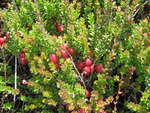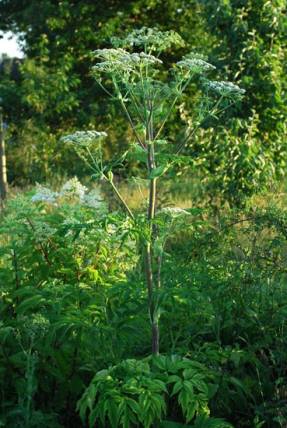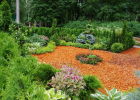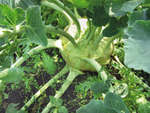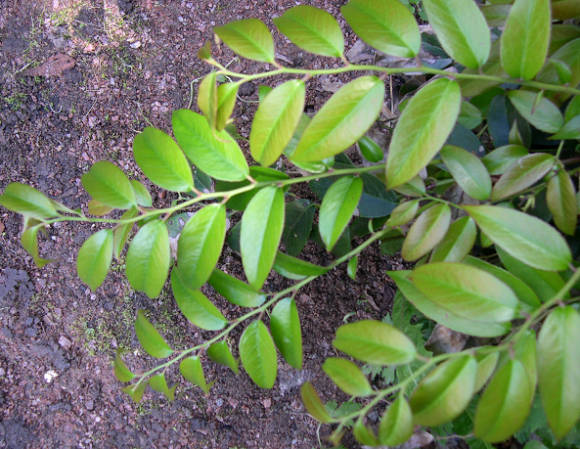
Oregano can be planted after potatoes, carrots, beans and peas. It will perfectly coexist with flowers and shrubs: daylilies, echinaceae, chamomile, strawberries, grapes, sea buckthorn; but does not like to grow next to cucumbers and zucchini.
Cm. Oregano ordinary.
Growing conditions... For growing oregano, a sunny plot of land, protected from drafts, away from groundwater, is suitable, since the plant does not tolerate stagnant water. The plant prefers sandy soils with neutral acidity.
Optimum temperatures for growing oregano are in the range of + 18 ... + 20оС, although the plant can withstand fluctuations from + 12о to + 35оС. However, it does not tolerate strong temperature changes.
Watering should be moderate, the plant equally dislikes neither waterlogging of the soil, nor overdrying. Watering should be done as the top layer of the soil dries out, approximately once every 3-4 days. After watering, the plant needs to be loosened to a depth of 1.5 cm, especially in the first two years of life. Do not forget about regular weeding, since this plant is extremely sensitive to weeds.
 |  |
Top dressing... Twice or three times a year it is necessary to feed. If the soil was fertile enough when planting, fertilization begins from the second year of the plant's life. To do this, ammonium nitrate is scattered near the roots or the plants are watered with a mullein solution. Summer dressing is carried out after harvest. Ornamental varieties do not fertilize or do it very poorly, so that the shoots do not grow too much and do not violate compactness.
Pruning... In the first year, oregano grows green and almost does not bloom. If the inflorescences are still formed, it is recommended to cut them off.
Pruning of oregano bushes is carried out in the spring, removing old shoots almost completely to stimulate the formation of young branches. In one place, oregano can grow for no more than 5 years, after which it is necessary to transplant the plant along with division.
Modern varieties of oregano usually winter quietly in the open field in central Russia. Even in frosty winters, plants are preserved under the snow along with green leaves without additional shelter. If the ground part freezes, new shoots will grow from the root in early spring.
Pests... As a rule, this culture rarely gets sick or is exposed to an invasion of harmful insects, which are frightened off by the pungent smell of the plant. Occasionally it can be struck by leafhoppers - sucking small jumping insects that feed on sap.
You can plant oregano bushes not only in the garden, but also in a pot on the balcony. Oregano can be grown at home on a light windowsill or on a warm glazed balcony. For the plant, pots with a capacity of 2-3 liters with good drainage and drain holes are suitable. As a substrate, you can take any nutritious garden soil from a specialized store. The care system is the same as for oregano outdoors. In the warm season, pots with oregano can be exposed to the open air, but with the onset of the first cold weather, they should be returned back to a warm and sunny place.
Use in landscape design
Oregano is a very attractive and fragrant plant that can decorate a garden plot and even become an original highlight of your garden project. Lush bushes with golden-green foliage and variegated flowers look good in flower beds, in mixborders and ridges. They can also be planted along garden paths.
Oregano goes well with many variegated perennials. Low-growing varieties are good as ground covers and for vertical gardening.
Drought-resistant, unpretentious oregano is ideal for rockeries and rock gardens.

Read also articles:
- Propagation of oregano
- Popular varieties of oregano
- Decorative oregano
- Useful properties of oregano
- Cooking uses of oregano

